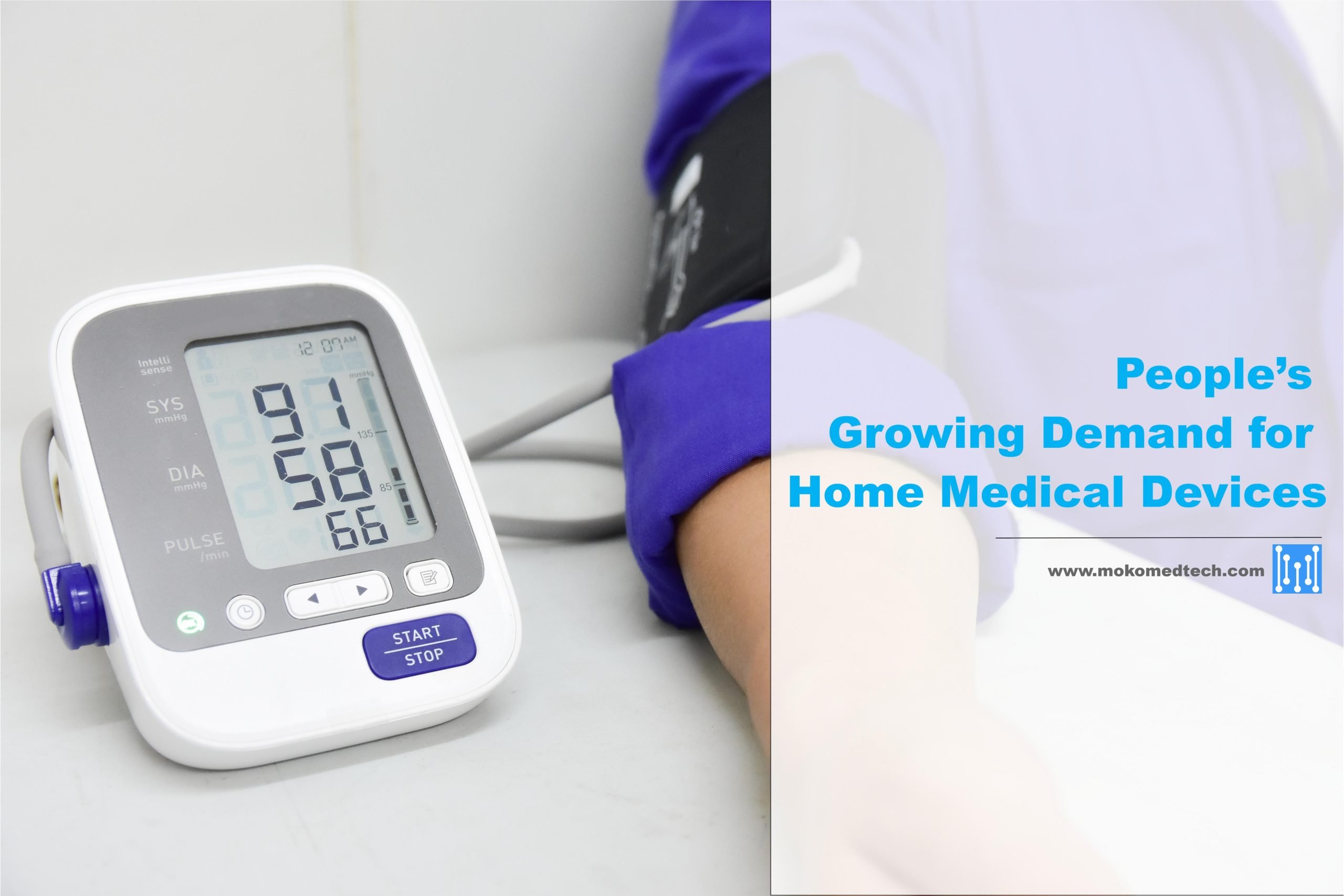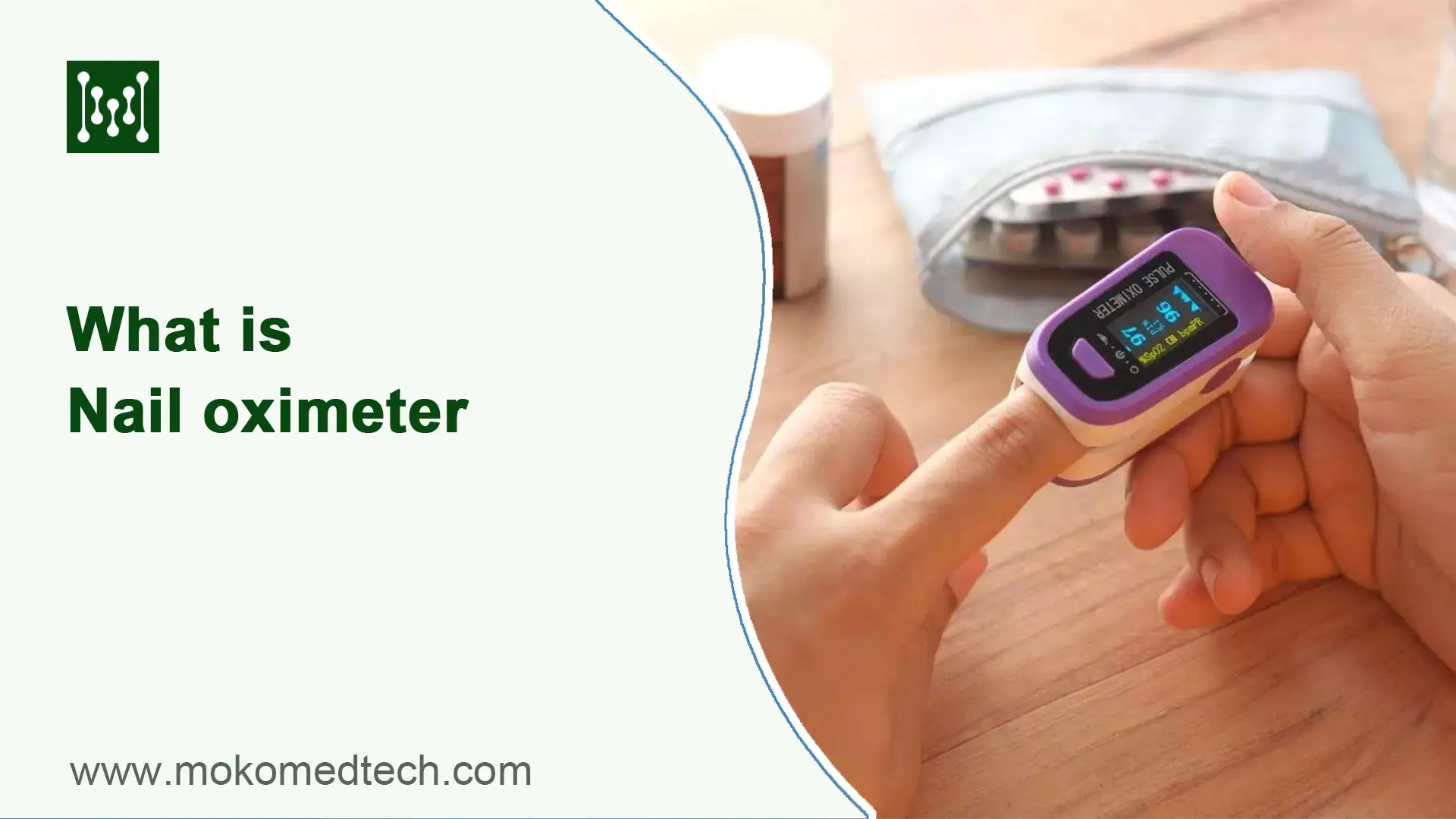The main function of blood oximeters is to test the oxygen content in the human blood. Maintaining human life requires maintaining an adequate supply of oxygen in the body. Blood cells in the blood are responsible for carrying oxygen, and measuring the oxygen content in the blood can determine the health status of the human body. There are four main types of blood oximeters: watch oximeter, finger clip oximeter, palm oximeter, and pulse oximeter. Who is suitable for using a blood oxygen meter? People with vascular diseases, cardiovascular and cerebrovascular patients, people with respiratory diseases, elderly people over 60 years old, people who work more than 12 hours a day, and people who exercise and exercise. Let’s learn about the types and selection techniques of blood oxygen meters together.
Normal Value of Oximeter
The normal range for blood oximeter testing is blood oxygen saturation (SpO2), which is generally 95% -98%. The normal range for pulse rate (PR) is generally 60-100, and the normal range for perfusion index (PI) is generally 4-5.
- Blood oxygen saturation (SpO2): The blood oxygen saturation on the oximeter may be expressed as SpO2, representing the percentage of hemoglobin bound to oxygen in the blood to total hemoglobin. If it is below 95%, it indicates the possibility of hypoxia.
- Pulse rate (PR): The pulse rate on the oximeter may be represented by PR, which represents the number of superficial arterial beats per minute. Normally, the pulse rate is the same as the heart rate. The normal range is generally 60 to 100, and people who exercise regularly have a low network rate, which is a normal situation.
- Perfusion Index (PI): The perfusion index on the oximeter may be represented by PI, representing the blood flow perfusion of the detected limb. If the value is low, it may indicate poor blood perfusion ability.
In addition, when using a blood oxygen meter, it is necessary to follow the instructions or use it correctly with the help of a professional to obtain more accurate measurement values. If the measured values are abnormal, you should go to the hospital for examination and treatment in a timely manner.
What Types of Oximeters Are Available
1. Nail Oximeters
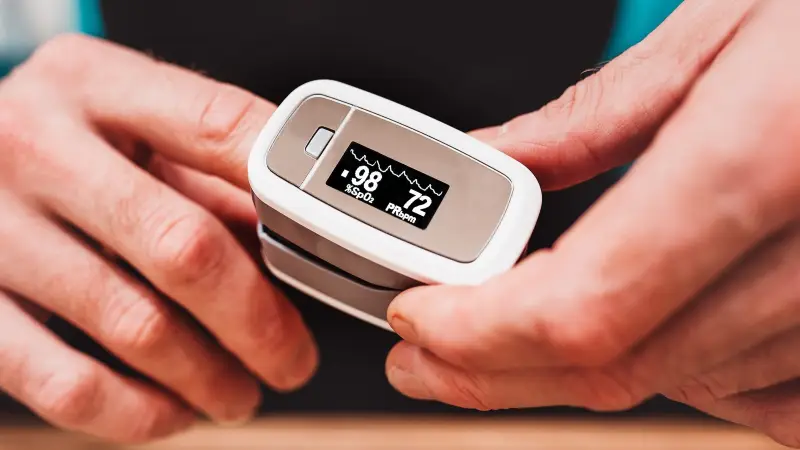
Below is an introduction to the advantages and disadvantages of portable oximeters (including nail oximeters, palm oximeters, wrist oximeters, and health watch oximeters) available on the market, to help you choose.
Advantages:
- Small in size and light in weight, it can be easily placed in a backpack or pocket.
- Easy operation: Place your finger in the oximeter, and the oximeter will automatically monitor the blood oxygen level. Remove your finger, and the oximeter will automatically turn off.
- Other monitoring functions: Nowadays, many oximeters not only monitor blood oxygen saturation, but also monitor heart pulse, blood perfusion index, etc
- Wireless transmission: The blood oxygen meter can transmit data to the phone through Bluetooth and other related technologies, and the phone can synchronously display health features such as blood oxygen saturation.
- Sealing design: The design of the oximeter fully considers the impact of the environment. When monitoring the fingers, it is sealed and the environmental light will not affect it.
- Energy conservation and environmental protection: The nail oximeter uses environmentally friendly materials and comes with a power management system, which automatically shuts down in a timely manner when there is no signal transmission.
- It belongs to medical products, with strict supervision and good product quality control.
Disadvantages:
- Poor endurance: Using a No. 7 dry battery as the power source, it cannot work continuously for a long time and requires constant battery backup.
- Easy to fall off: The overall weight of the oximeter and battery is relatively heavy, and the fingers cannot be subjected to significant force for a long time. It is easy to fall off during sleep monitoring.
- Poor comfort: Wearing it for a long time can cause pain in the fingers and sometimes numbness due to finger ischemia.
2. Palm Oximeters
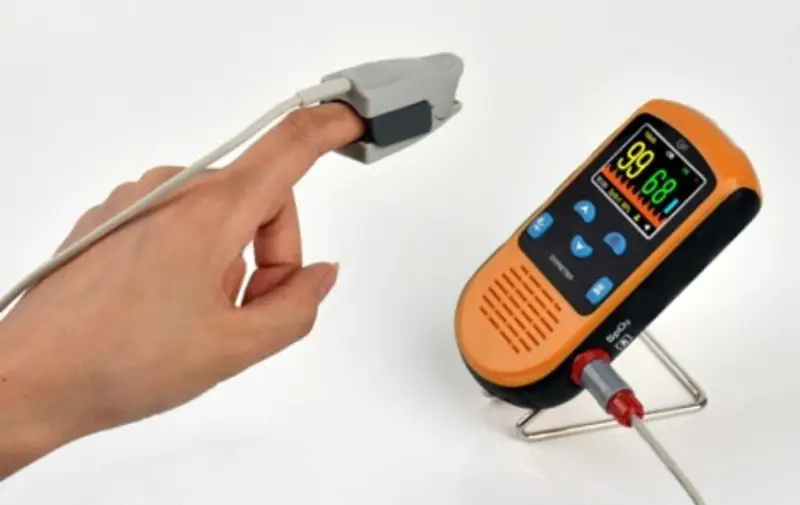
Advantages:
- It belongs to medical products, with strict supervision and good product quality control.
- Monitorable parameters: blood oxygen saturation, pulse rate, and blood perfusion index.
Disadvantages:
- 1. The cable is too long, inconvenient to carry, and is not a wearable device.
- 2. Non rechargeable: Dry batteries are used.
3. Wrist Oximeters
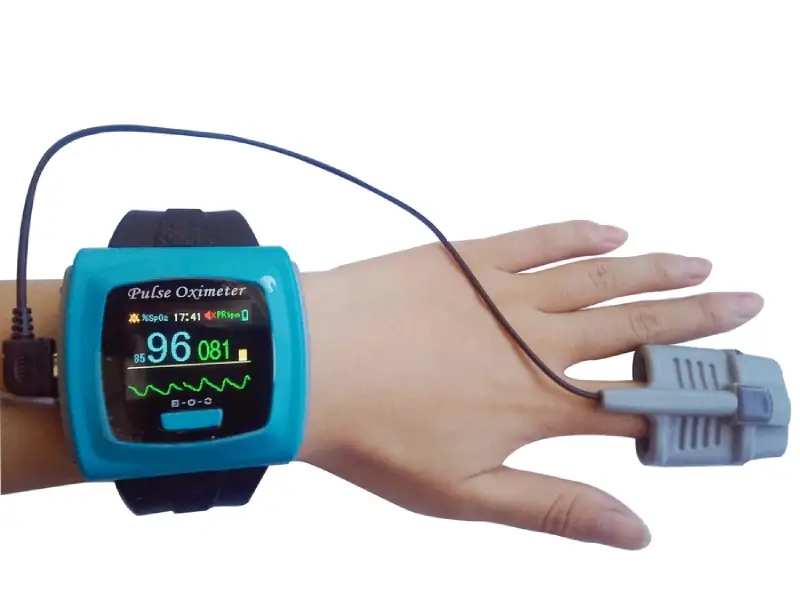
Advantages:
- The design is compact, and the host is worn on the patient’s wrist, while the blood oxygen probe is worn on the finger. The finger bears less force and has high comfort.
- The product has low power consumption and is equipped with a rechargeable 3.7V lithium battery that can be recharged and reused.
- Compact design that can be carried with you at any time, making it easy to carry
- The product does not have a linked phone and will automatically shut down if not worn.
- The sleep monitoring system can display data on a PC or mobile phone through Bluetooth.
- It belongs to medical products, with strict supervision and good product quality control.
Disadvantages:
- External blood oxygen probe, if necessary, select a suitable blood oxygen probe.
4. Health Watch Blood Oximeters
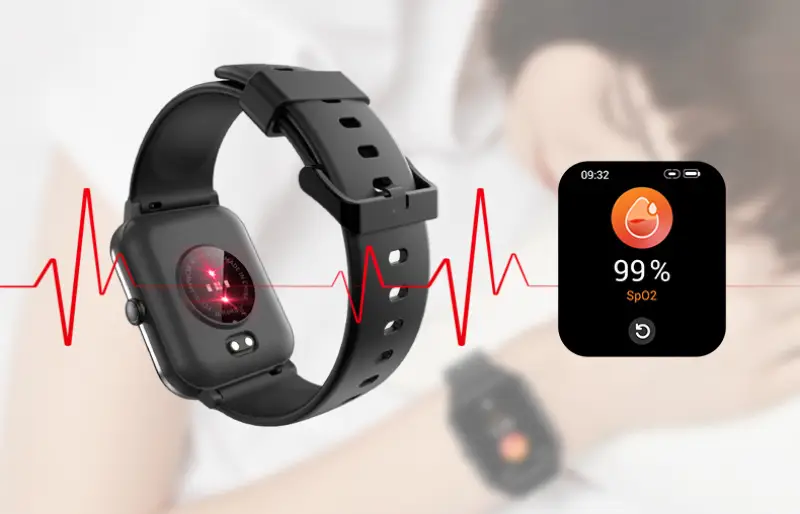
Advantages:
- A health watch that integrates blood oxygen, pulse rate, electrocardiogram, and pedometer, making it easy to carry.
- Display parameters: blood oxygen saturation value display, pulse rate value display, heart rate value and electrocardiogram waveform display, pedometer step count, and calorie display.
- Data storage function, which can transmit stored data to mobile terminal devices in a timely manner through wireless communication technology.
- Equipped with clock function.
- Rechargeable function.
- Reflective blood oxygen is provided on the side, and a probe for monitoring blood oxygen content during sleep is also provided. Convenient measurement.
Disadvantages:
- Health grade products without medical device registration certificate.
In summary, the use of intelligent blood oxygen meters has brought great convenience to middle-aged and elderly patients. Of course, patients must regularly go to the hospital for re examination, combine the results of medical equipment and household oximeter, follow the guidance of doctors, and provide the most reasonable and effective treatment for their condition.
How to Choose a Blood Oximeter Tips
- At present, some intelligent blood oximeters on the market have built-in calibration functions, which can obtain similar results to venous blood measured by biochemical instruments when measuring finger blood. Some manufacturers’ products come with quality control solutions and testing cards, specifically designed to verify the accuracy of blood oxygen meters and check if they are working properly. It is important to inquire when purchasing.
- The size and clarity of the display screen, the convenience of battery replacement, whether the appearance is beautiful, and the size should be clearly defined. Currently, the accuracy of home oximeters cannot meet diagnostic standards. But the measured blood oxygen content should be similar to the test value of venous blood measured by the biochemical analyzer, and should not differ too much.
- When looking at warranty items and other after-sales services, one should understand the warranty period of the blood oxygen meter.
- Look at the brand and price. When selecting a blood oximeter, not only should the price of the instrument be considered, but also the cost of consumables. In addition, the product quality of choosing a brand blood oxygen meter is guaranteed, and the measurement results are more accurate.
Experience in Purchasing Blood Oximeters
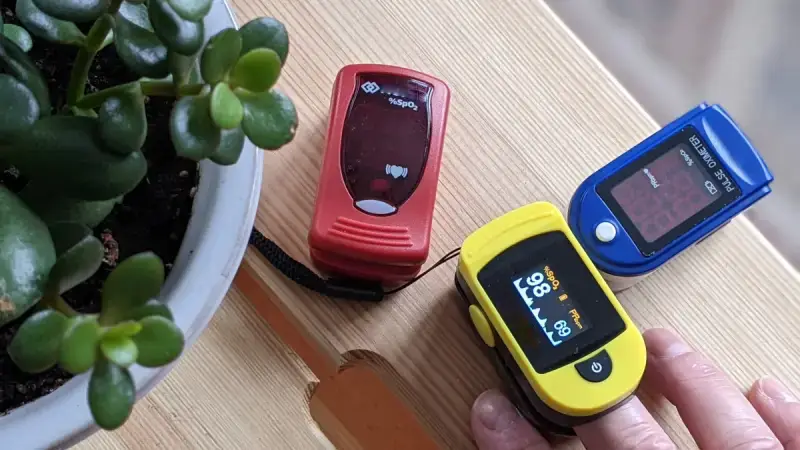
If you want to choose the most accurate oximeter, the answer is that there is no brand that is the most accurate, because the accuracy of the oximeter depends on its design, manufacturing, use, and maintenance. The accuracy of a blood oxygen meter is influenced by many factors, such as the temperature, humidity, pressure of the measuring environment, as well as the technical level of the user.
When choosing a blood oximeter, the first thing to consider is the quality of the equipment itself. The better the quality, the higher the accuracy of the equipment, so it is necessary to choose the best quality blood oxygen meter to ensure accuracy. Secondly, attention should be paid to the technical indicators of the oximeter, such as measurement range, accuracy, reaction time, etc., while also paying attention to its ease of use and portability. Finally, it is important to choose a quality assurance manufacturer to ensure the reliability and long-term stability of the equipment.
At present, there is no brand of blood oxygen meter that is the most accurate. To choose the most accurate blood oxygen meter, it is necessary to carefully consider factors such as the quality of the equipment itself, technical indicators, and the reputation of the manufacturer.


